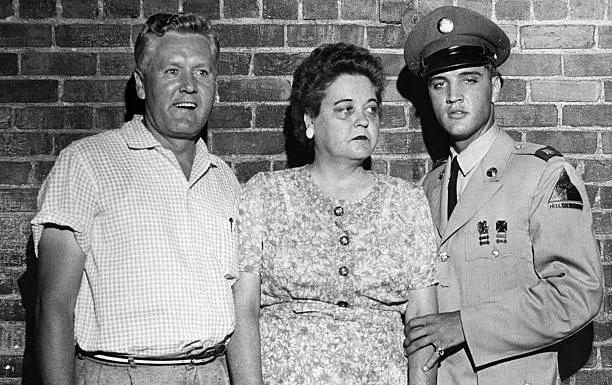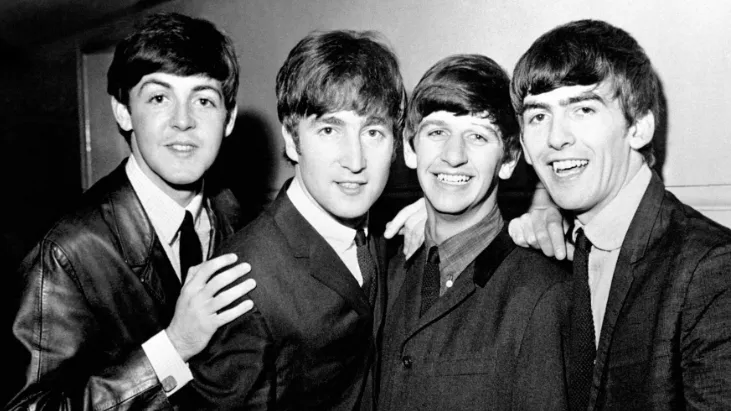Eric Clapton, widely regarded as one of the greatest guitarists of all time, has crafted some of the most memorable guitar solos in rock history. His mastery of the guitar is evident in a multitude of iconic tracks that showcase his emotional depth and technical prowess. From the blistering solos of "Layla" to the soulful strains of "Let It Rain," Clapton’s work remains timeless and influential.
"Layla"

One of Clapton's most celebrated guitar solos is found in "Layla," a track released in 1970 by Derek and the Dominos. The song, co-written with Jim Gordon, features a dual guitar approach that intertwines Clapton’s fiery lead with Duane Allman’s slide guitar, creating a rich, textured sound. The opening riff of "Layla" is immediately recognizable, and Clapton's solo that follows is a masterclass in emotional intensity. The song’s coda, with its piano-driven melody, adds a poignant touch, making it a landmark in Clapton’s career and a staple in classic rock.
"Crossroads"

"Crossroads," a cover of the Robert Johnson blues classic, showcases Clapton’s exceptional ability to translate raw blues emotion into powerful guitar work. First recorded by Clapton’s band Cream in 1968, the live version of "Crossroads" from the Fillmore concerts is particularly renowned for its incendiary solos. Clapton's improvisational style and dynamic soloing reflect his deep connection to the blues genre, and his performance in "Crossroads" is often cited as a defining moment in his career.
"White Room"

From Cream's 1968 album Wheels of Fire, "White Room" features one of Clapton's most distinctive solos. The song’s psychedelic and avant-garde elements are complemented by Clapton’s sharp, expressive guitar work. The solo in "White Room" stands out for its melodic inventiveness and technical precision, demonstrating Clapton’s ability to blend rock and blues with experimental sounds. The track's moody atmosphere and Clapton’s soaring soloing contribute to its lasting impact on rock music.
"Bell Bottom Blues"

"Bell Bottom Blues," another track from the Layla and Other Assorted Love Songs album, is a poignant example of Clapton’s ability to convey deep emotion through his guitar playing. The song features a soulful solo that perfectly complements the track's melancholic lyrics. Clapton’s expressive phrasing and the use of his signature Les Paul guitar create a rich, bluesy tone that resonates with listeners, making it one of his most cherished performances.
"Let It Rain"

Released in 1970 as part of his self-titled album, "Let It Rain" is notable for its vibrant and uplifting guitar solo. Clapton's performance is marked by a sense of optimism and technical brilliance, showcasing his ability to blend intricate solos with melodic sensibility. The song’s blend of rock, blues, and gospel influences highlights Clapton’s versatility as a guitarist and his knack for crafting solos that enhance the emotional depth of his music.
"Tears in Heaven"

“Tears in Heaven,” from Clapton’s 1992 album Unplugged, is a deeply personal song written in the wake of the tragic death of his son, Conor. The solo in this track is understated yet profoundly moving, reflecting Clapton’s emotional vulnerability. The acoustic performance highlights Clapton’s ability to convey profound emotion through his guitar, making "Tears in Heaven" one of his most touching and memorable pieces.
Conclusion
Eric Clapton’s guitar solos are more than just technical exercises; they are expressions of his personal experiences, emotions, and musical influences. From the blistering intensity of "Layla" to the heartfelt introspection of "Tears in Heaven," Clapton’s solos have left an indelible mark on rock and blues music. His ability to craft solos that are both technically impressive and emotionally resonant has cemented his status as a legendary guitarist and a significant influence on generations of musicians.




